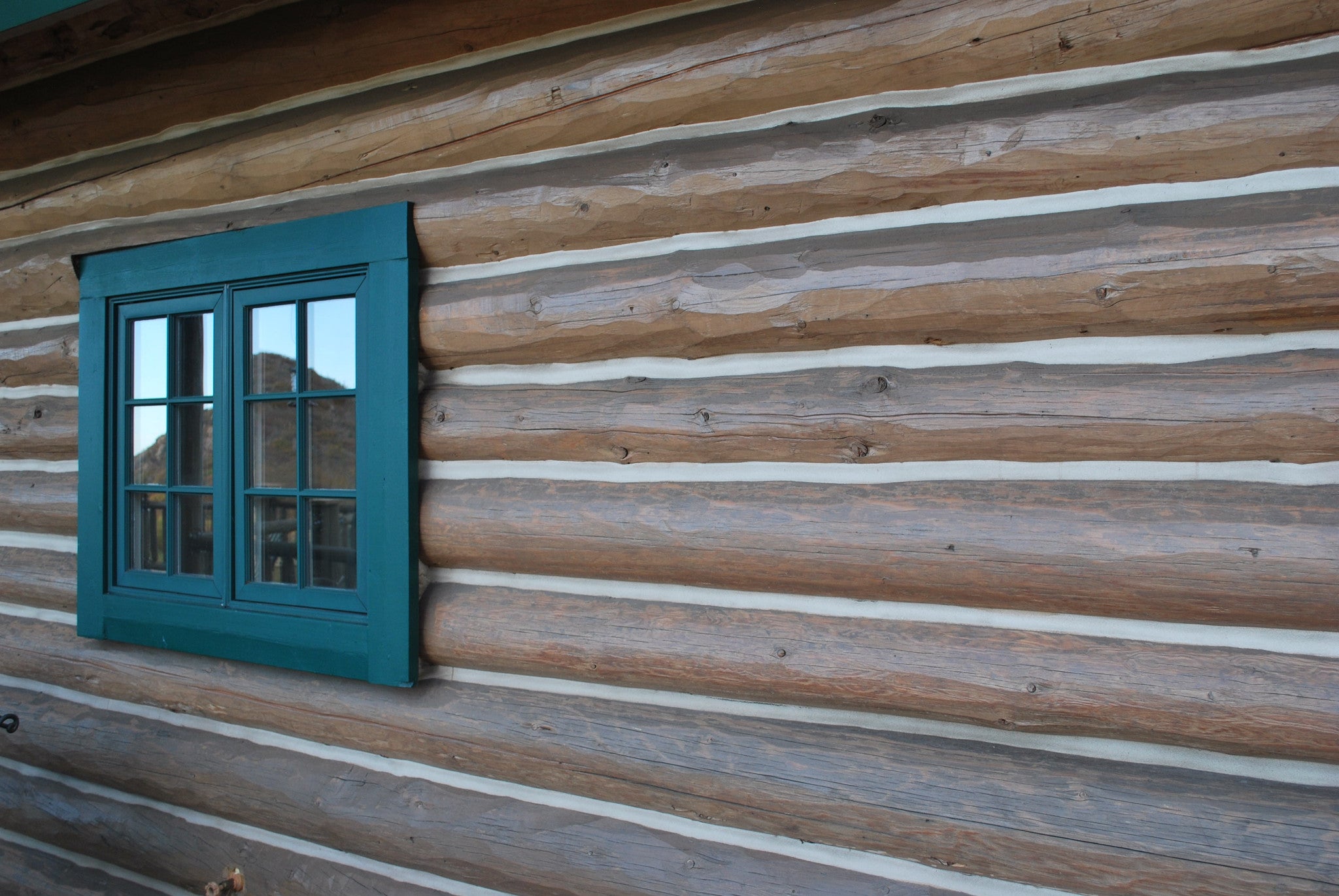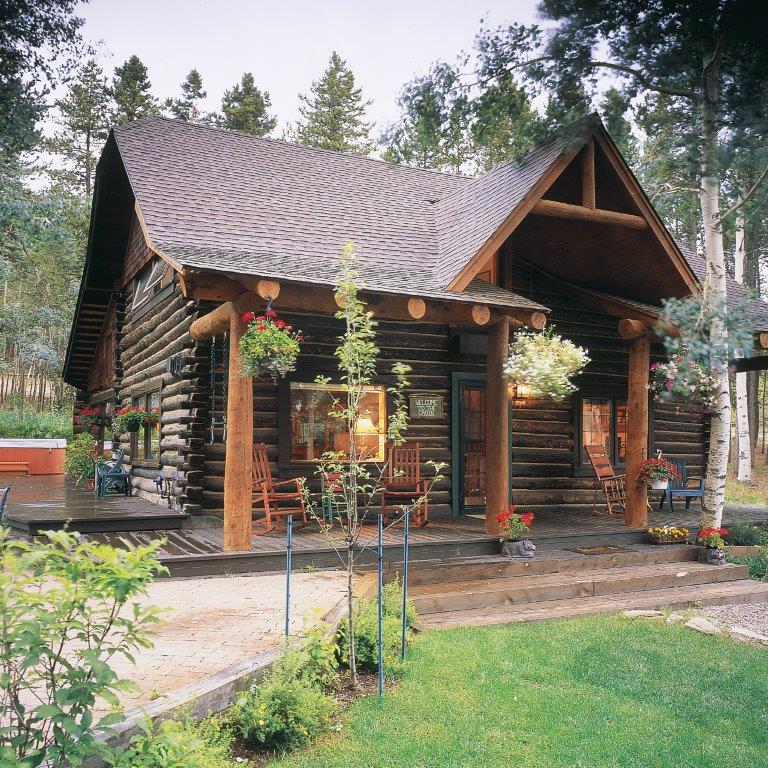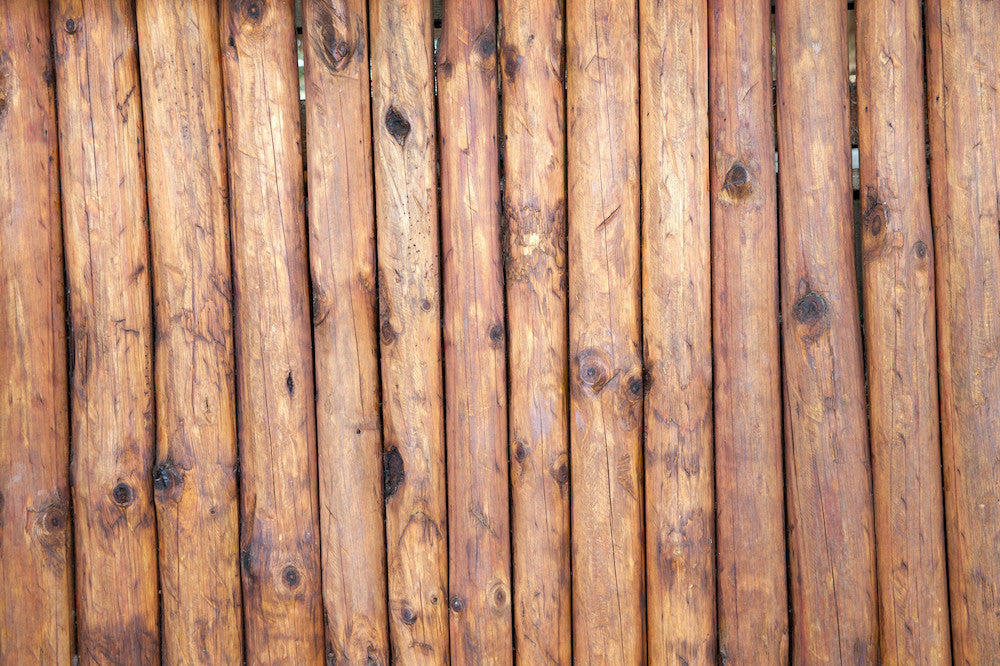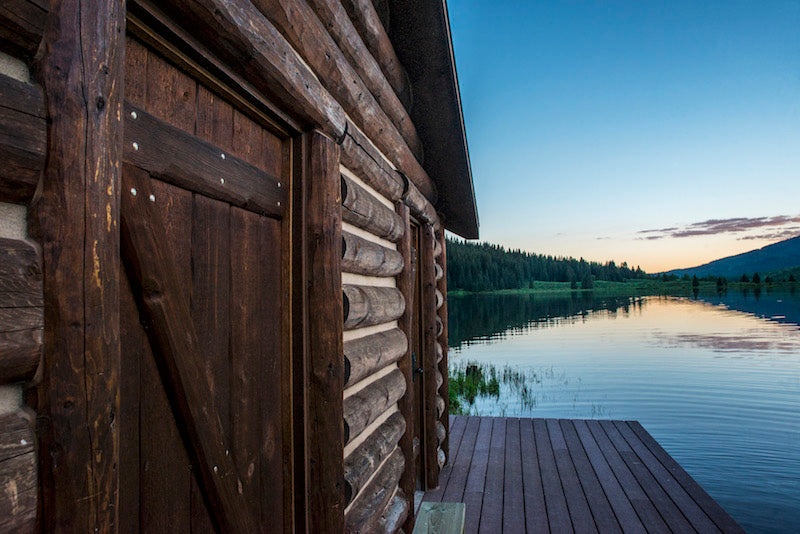Three Chinking Myths Busted

When planning the finishing touches on a home or cabin, many people debate with themselves over whether chinking is a necessary option. There’s a lot of misinformation out there about chinking, and we put three of these myths to our boss, Jim McCain, the President of Weatherall.
“Chinking isn't really needed... It's just for looks.”
Many people believe chinking won’t help their homes, and that it’s simply an extra cost. In the long run, however, chinking actually has the power to make your home an energy saver, through lower electric and heating bills. Chinking makes it more difficult for cold air to seep into your home, which not only makes your energy spending more efficient, it makes it easier for you to be more comfortable.
Sure, chinking can add visual appeal to your log home—it comes in many colors, despite popular that can match your home's outside décor and look—but the benefits are much more than that. Chinking has the power to save power, and to make a home look truly beautiful.
“Chinking does not last.”
Another belief about chinking is that it’s going to have to be replaced or redone in the not so distant future. This, like former chinking pastes, is outdated. The new formulas used for making chinking materials are longer lasting and will stay intact and protect your home for many years to come.
Older cement-based chinking materials did have issues when it came to durability. This was due to the fact that they had rather low bond strength, and the materials didn't have much elasticity. The chinking materials used today have improved by leaps and bounds and will give you the best product you can ask for. These modern materials are “elastomeric” means they are less likely to tear or separate as the logs in your home shift and settle. Our chinking can last about 40–50 years, and that's a conservative estimate.
“I don't need a backing rod when chinking.”
Backing rods, when designed correctly, can greatly improve the effectiveness of your chinking. When chinking gets too deep into a joint, not only are you wasting material, but the chinking will experience greater movement than it can handle, even with the elasticity of today's materials.
Proper use of a backing rod results in what is called “two-point adhesion,” meaning the chinking adheres to the logs above and below in two thin lines, and nothing else. The result is significant joint insulation. For joints that are too shallow to use a backing rod, it's typical to use caulk instead.
Contact Weatherall for your chinking needs
Chinking can often be the finishing touch many homeowners are looking for, and it can make all the difference when it comes to comfortable living year-round. It’s important to remember that the chinking processes and mixtures of today have come a long way from more antiquated models that created false myths about what chinking is capable of providing, and how the process works. When done right, chinking will improve your log home, both inside and out.
Do you have more questions about chinking? Contact us today! We'd be happy to bust more myths, or simply provide some clarity!





